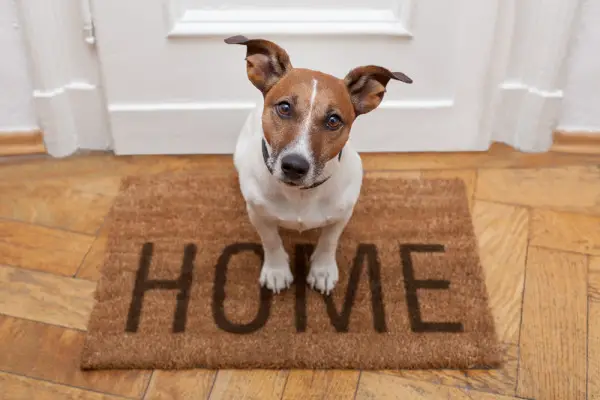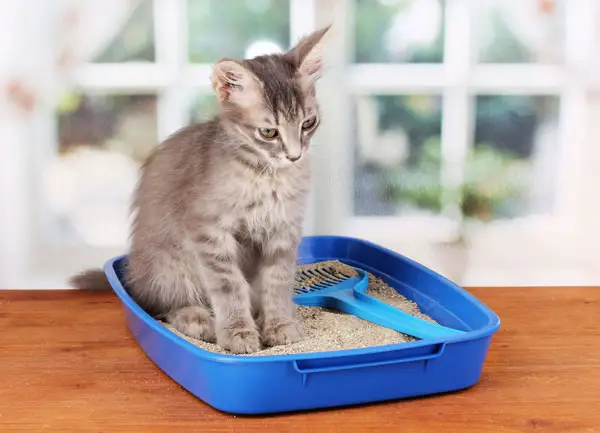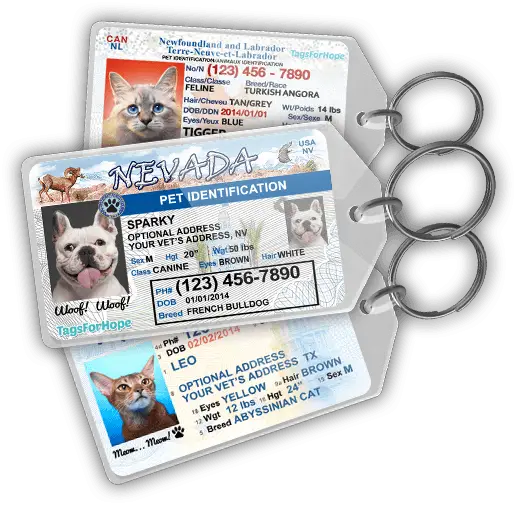The Steps You Have to Make Before Bringing Your New Pet Home – 10 Pictures
On the scale of happiness, from 1 to 10, seeing your child for the first time, bringing it home and taking care of it, most likely hits the 10. Wouldn’t you agree? Well, you will also probably agree that the same goes for your new pet. But, in both cases, there are some things you have to do before your new member of the family gets home. That is why we decided to help you and talk about the steps that have to be done before bringing your new pet home.
1. The Commitment
When you decide to adopt a pet, you will be all happy and warm around your heart, and there is nothing wrong about that. However, before bringing your new pet home, there are some things you have to be aware of. First of all, your new pet is not just a toy that you can play with and leave in the corner once you get bored with it! Remember that it is a living being, and just like you, it needs love, attention, and commitment. If your new pet is going to be a dog, you have to remember that it will need exercise and that you will have to take him out for a walk, and to finish his “toilet” needs, three times a day. On the other hand, if you are going to adopt a cat, know that, just like with a child, if you want to get a good night’s rest, it will need to drain its energy before falling asleep. Oh, and know that many more needs will have to be fulfilled, so be ready for them.
1 / 10

2. Before Bringing Your New Pet Home – Talk to Veterinarians
Before saying “This is the pet, I want”, talk to a veterinarian. Veterinarians are the best people for asking about pet advices. They can tell you, based on your lifestyle, the type of home you have, which pet type is perfect for you. Also, like with doctors, not all vets are the same, so finding the right one for you is also something you have to do. With this matter, your friends that already have pets, can help. Ask them about their veterinarians, and maybe they can recommend a good one.
2 / 10

3. Make Sure that Your Home is Pet-Friendly
Just like with small children, your home needs to be a safe zone. Like toddlers, dogs and cats, are famous for eating anything that gets left on the floor. However, dogs and cats are actually more sensitive when it comes to eating, and, maybe you didn’t know, cats can get poisoned from ibuprofen! Or, when it comes to dogs, they can choke on a piece of bubble gum if they swallow it. So, before your new pet gets home, your home needs to be pet-proofed. Check and double-check if there are some potential hazards left unsecured, and make sure they are removed to a place your pet can’t reach. Furthermore, make sure that all cabinets that contain potentially dangerous things, such as small toys, chemical bottles and so on, are safely closed and cannot be opened by pets. Pet-proofing your home is one thing, but you also have to remember to pet-proof your backyard as well. Some plants are known to be toxic to cats and dogs, so make sure you don’t have them.
3 / 10

4. Age and Breed Appropriate Food is a Must
Not all pets can eat all kinds of food. Just like in our (human) case, there are food brands that are better than others, while there are also brands that should be sued for false advertising. Of course, the easiest thing for you to do, would be to pick out the first can of dog or cat food that you see… But, it is not as simple as that. Have in mind that, if you want your pet to develop properly and to be healthy, you have to be really careful when choosing the food brand and the type of food. Before you pick the can off the shelf and put it in your shopping basket, remember to carefully read the label. This way, you will make sure the ingredients in the can are the ones your pet needs. Also, make sure that the type of food you choose is age appropriate for your pet. Again, just like with children, it is very important that your young pet takes appropriate ingredients that will help him develop healthy. So, from their first days, till the time they are ready to “retire”, our pets should eat the food that is healthy for them, fits their lifestyle, their specific needs, and their age. The internet offers plenty of information on this subject, it will give you an idea of what your pet needs and what is good for him, but it would also be a smart thing to consult your veterinarian.
4 / 10

5. Can Your New Pet Fit Your Lifestyle?
The most common mistake people make is to choose a pet based only on its cute looks. Before choosing and bringing your new pet home, you have to ask yourself questions like: “Does he have a high level of energy?”, “Is this breed intolerant, or too needy?”… So, before saying: ”This one is too cute, I will take him home”, find out everything about that species, and make sure that it fits your lifestyle. If the cute little puppy doesn’t seem like the best choice for you, you can always try and change your habits, or pick another species.
5 / 10

6. Know that Both Your Pet and You Will Need Time to Adjust
If your new pet is going to be a puppy, have in mind that it will be scared of the new environment and it will cry. Do not bring him to bed with you! It will be much better if you provide him his personal little space in your home, which he will get used to and feel relaxed there. Remember that, in the beginning, this area will have to be closed off so that he can’t explore the house during the night. That will be reserved only during the day, when you can keep an eye on him. With cats, it is much easier, and all they need is their corner and they will fall asleep by themselves from the start.
6 / 10

7. Potty Training
If you want to avoid all the possible mess that is associated with your pet’s natural urges, potty training has to begin as soon as you get home together. For cats, potty training includes showing your new kitten where the litter box is, while for dogs, it includes putting a leash and taking him outside to get familiar with the neighborhood, as soon as the first sniffing of the house is done.
7 / 10

8. Treats
If you want your dog to listen to you and stay by your side, even when the leash is off and a cat passes nearby, then a training is necessary. In order to be successful in this, you will need treats. Once you figure out which treats are his favorite, stick with them, and every time your dog does something you wanted him to do, give him a reward. But, have in mind that he will expect treats for everything he does, so don’t overdo it! Otherwise, the training will not be of any use.
8 / 10

9. Think About Neutering
Even though many think that this is an inhumane thing to do, neutering can save you from many unpleasant situations in the future. For example, the line outside your house when the mating season is on, or your pets’ irritable behavior during the heat. This can be done even after 8 weeks from the birth, but vets usually recommend that it should be done when your pet is between 4 and 6 months of age. This is the best period because the pet is still not sexually mature, and they are much stronger than with 8 weeks of age, meaning that they will recover easier.
9 / 10

10. Pet ID
A pet ID will definitely make your life much easier in the case your pet gets lost. This way, you can be sure that you can find him, or that it can be returned back to you if someone finds him. You can choose a hanging trinket tag for his collar, or an electronic tag that is inserted under your pets’ skin. Either way, this will allow your pet to get back to you much easier and faster
10 / 10

Image Sources:
- barf-fuer-hunde.de/uploads/pics/Fotolia_61312815_XS.jpg
- vetwriter.co.uk/images/srv/homepage-1col-top/Header%20Images/smiling%20vet.jpg
- pro.com/blog/wp-content/uploads/dog_on_welcome_mat-e1432146872501.jpg
- petfoodindustry.com/ext/resources/Images-by-month-year/15_10/Fresh-natural-ingredients-in-bowl.jpg
- bit.ly/29SAxqb
- bit.ly/1JLXqYI
- bit.ly/29SAN8x
- bit.ly/2a8LmDm
- theatln.tc/2a98h2l
- bit.ly/2a98LFB
